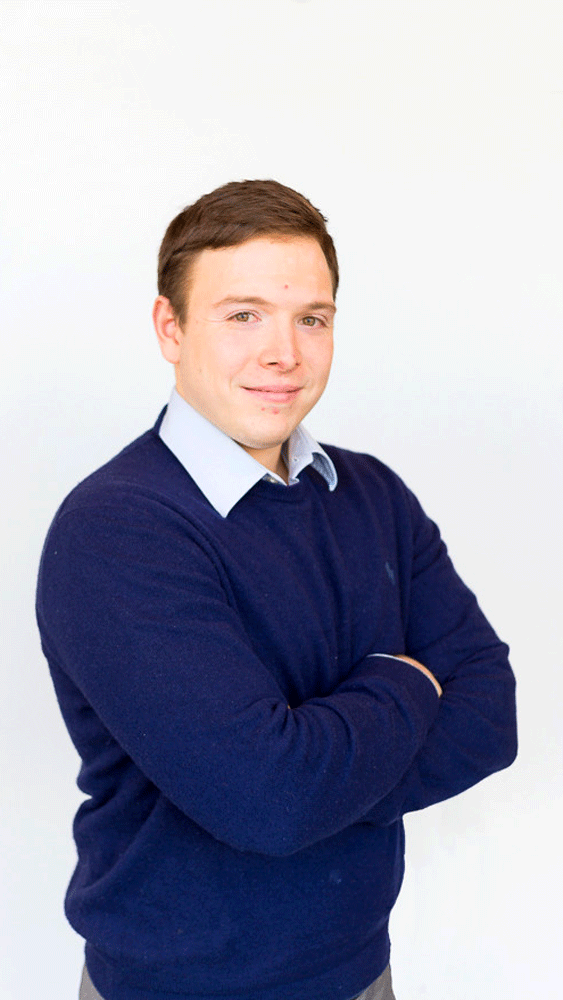
Dr. Mauricio E. Tano, visiting assistant professor in the Texas A&M University Department of Nuclear Engineering, believes in the future of nuclear energy. As a new professor, Tano hopes to dedicate his research and teaching career to the success of nuclear energy.
“It’s a clean and low-carbon source of energy, and one of the only viable options to secure the health of our planet moving forward,” said Tano. “The rest of the world is already moving toward renewable energies, especially places in Europe. It’s time we become more proactive to developing nuclear solutions to current problems.”
Tano is no stranger to foreign developments either. Born in Argentina, Tano received his nuclear engineering diploma from Balseiro Institute before completing his doctoral degree in fluid mechanics, energetics and processes in Grenoble, France.
After spending time in Europe, Tano began seeking greater opportunities for his research. The answer seemed obvious: move to the states. “I knew I wanted to continue researching,” said Tano. “In the United States, there are more opportunities available and there’s more freedom, especially concerning scientific research. So I said, ‘why not?’” Tano arrived at Texas A&M in April is currently working with Dr. Jean C. Ragusa in the Department of Nuclear Engineering.
He admits that although he wasn’t quite sure what nuclear engineering consisted of before he decided to study it, there were two motivating factors that stuck with him as he continued his studies.
“Worldwide, we’re producing a lot of harm to the planet by continuing to burn fuel,” explained Tano. “We need to produce clean energy, fast and safely, so that we can continue to progress as a society. Also, I really like complex systems such as nuclear reactors. I enjoy the challenge of trying to understand and model them."
Tano believes that the biggest strength he brings to the department is his knowledge of machine learning, a method of data analysis in which computer systems learn to perform specific tasks without explicit instructions. Although machine learning is a quickly advancing field of study in regards to artificial intelligence, its connection to the science of nuclear engineering remains largely unexplored. Tano hopes to change that.
“One of my goals as a researcher is to mend the gap between nuclear engineering and machine learning,” said Tano. “We’re actually going to offer a course in machine learning next spring with Dr. Ragusa. It will be the first of its kind in the country.”
From there, Tano hopes to create an academic community of students, professors and researchers to continue developing the field of machine learning in nuclear engineering. He aspires to use the science and technology of machine learning to build new designs of nuclear reactors.